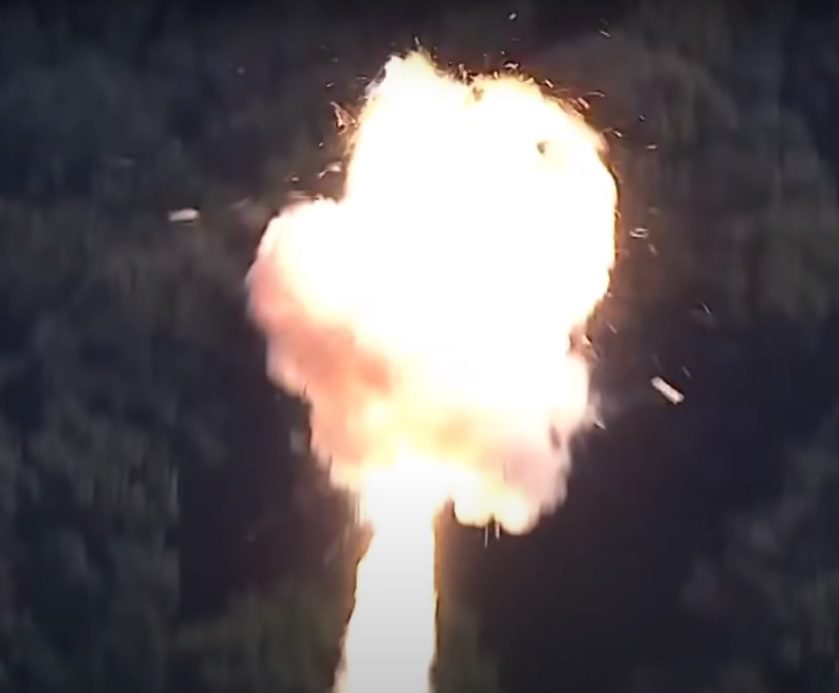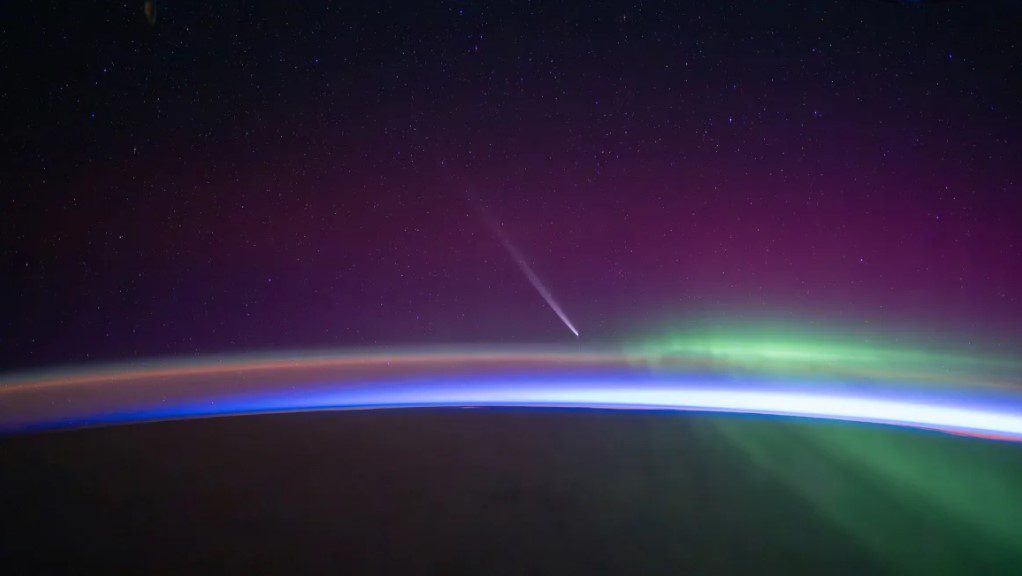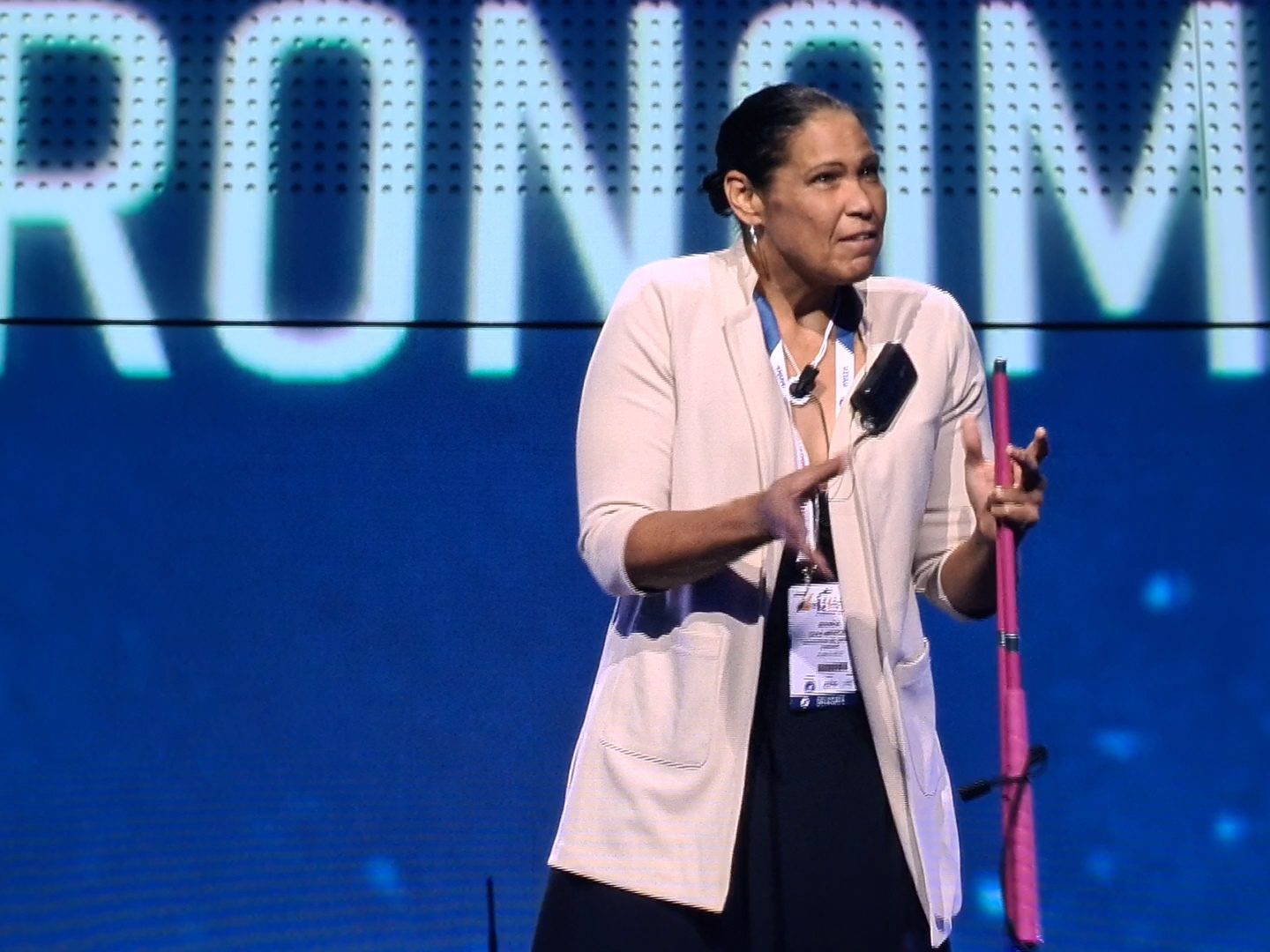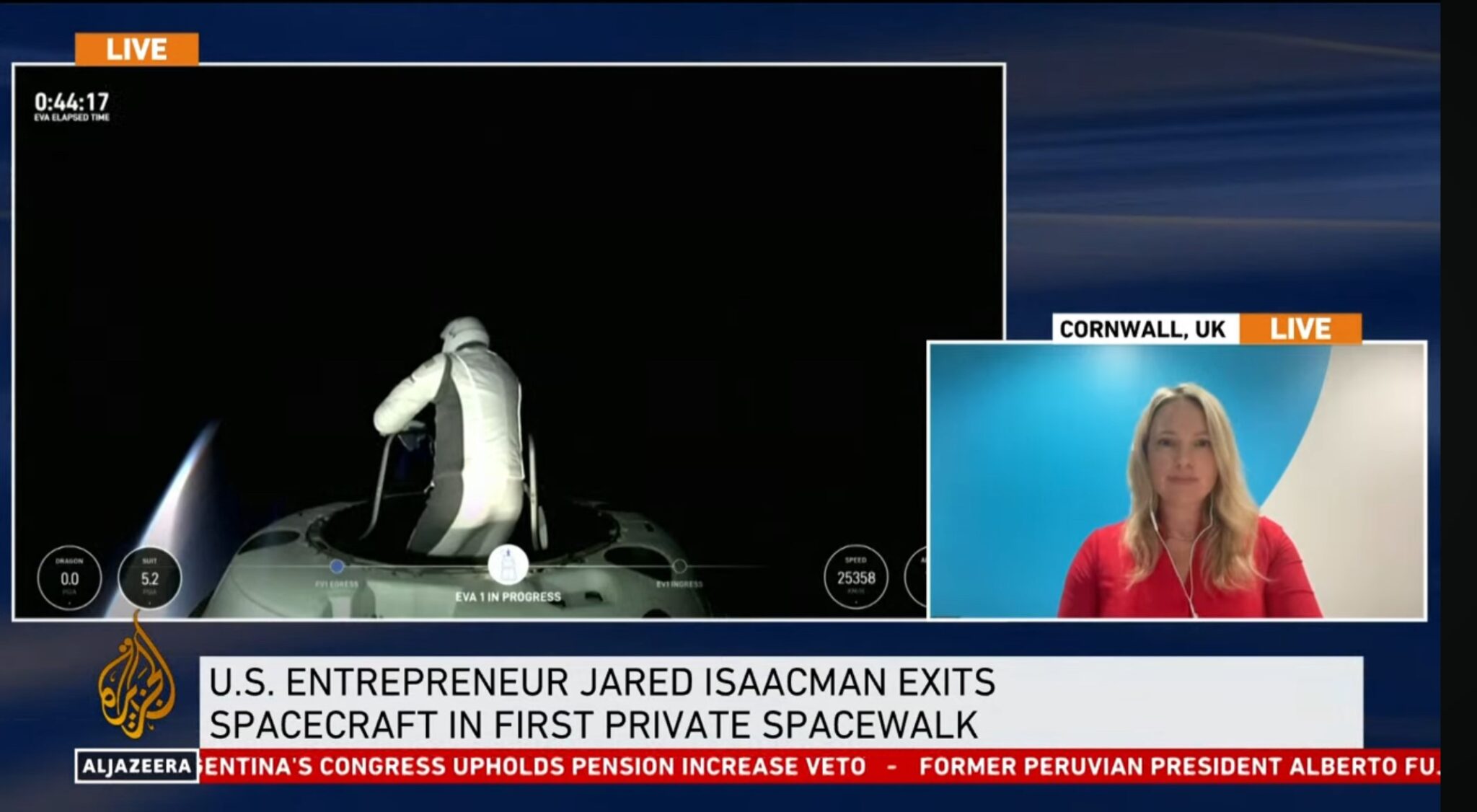The Science Journal Nature has published a paper by scientists who claim from their research that asteroid strikes on Earth are much more common than than thought. According to Peter Brown, a planetary scientist at the University of Western Ontario, Canada, noted that that past predictions of such strikes occuring at a frequency of once per 150 years may be out by up to a factor of 10. By examining atmospheric pressure wave readings from infrasound detectors over the past 20 years and comparing them against known meteor strikes, the team of scientists found that many previously unknown strikes (usually because they were over oceans or deserted regions) had not apparently been counted.
The most recent meteor strike event was when a 19m wide diameter meteoriod weighing in at 12,000 metric tons broke up explosively at an altitide of 45-30km before bursting into gas and dust at 27km as seen in a glowing burst over the Russian town of Chelyabinsk on 15 February. The explosion as the the rock struck the atmosphere at 19km per second was equivalent to a 500kT nuclear weapon explosion, becoming the second largest measured meteor/comet strike explosive event since the Tunguska meteor/comet fragment strike in Siberia in 1908. Chelyabinsk and over fifty villages in the vicinity reported damage to windows and buildings.
Fears remain that one day a much larger meteorite, asteroid or comet fragment may threaten to strike the Earth and scientists around the world are examining ways of deflecting such an object. Methods suggested include using nuclear missiles, solar electric tractors, lasers to cause thrusts, and firing other meteors at it.





